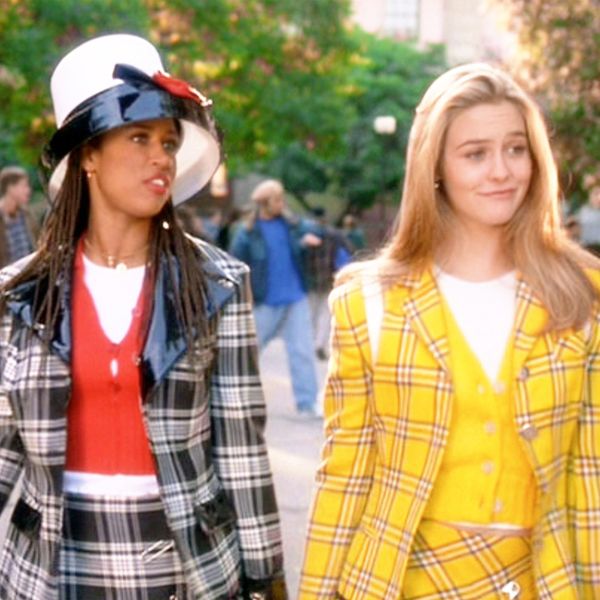Korean Sun Care Is About So Much More Than Just SPF
How K beauty tackles safe sun (hint: your skin will look better than ever).
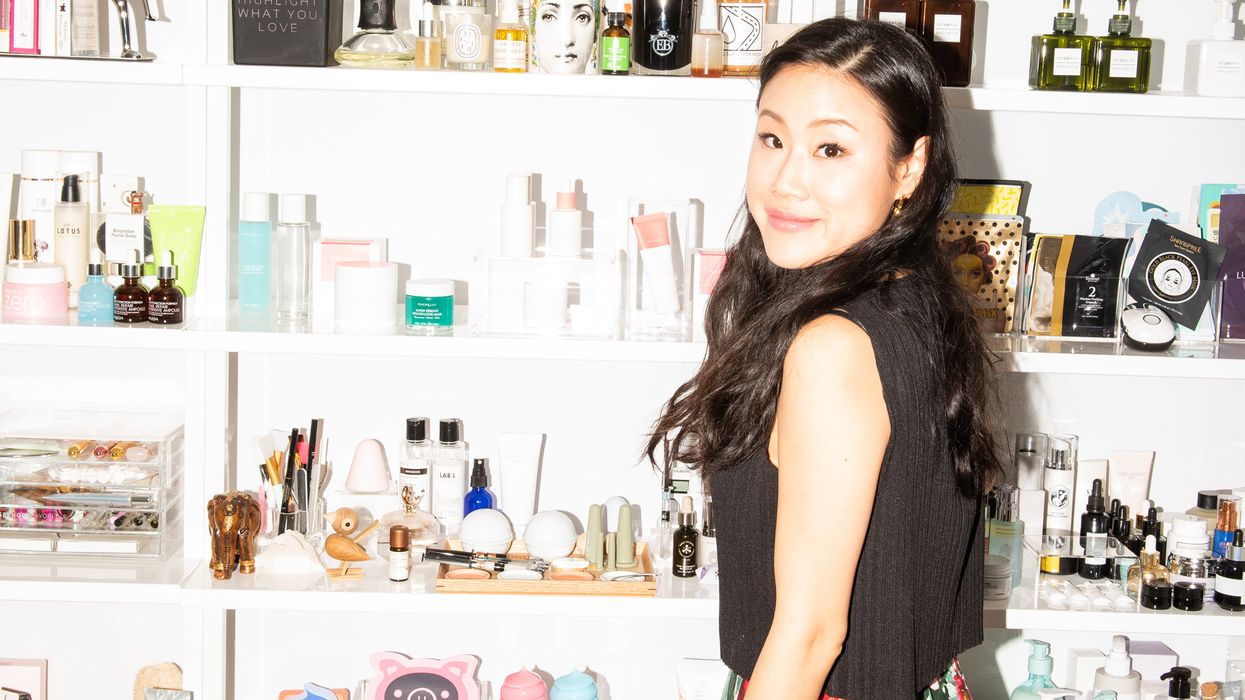
When Korean skin care went mainstream, it shook up our beauty routines significantly. The oft-lauded 12 steps championed by K-beauty aestheticians, brands, and influencers have made us all rethink self-care and wellness, with more focus on gentle, effective, and hydrating ingredients that can help your skin achieve that revered glow. Sun care is especially key to the regimen—not only in your daily SPF (sun protection factor), but as a component of countless other high-performing skin-care products.
“From toddler age, Korean people (and women especially) are taught that caring for your skin is part of taking care of yourself,” Peach & Lily founder and aesthetician Alicia Yoon tells Coveteur. “The aesthetics do matter, but it’s more about making sure your organs are healthy—we’re being taught how to care for our skin at the same time we’re being taught how to properly brush our teeth.” She stresses that K-beauty devotees are taught to wear SPF from a young age and carry that sensibility into adulthood. That mindset stands in contrast with the US, where the conversation around safe sun practices is changing, albeit slowly. In fact, according to a 2013 CDC study, fewer than 15 percent of men and 30 percent of women regularly use sunscreen on their face and body when outside for more than an hour. Says Yoon, “In Korea, it’s more of an ‘of course I wear sunscreen’ mentality. It’s ingrained, and there’s an awareness that sunscreen is such an important part of your health and taking care of yourself.”
SOKO Glam founder Charlotte Cho considers sunscreen the last and arguably most important step in K beauty’s multi-step skin-care routine. “Sun damage is the leading cause of premature aging, such as fine lines and dark spots, and you can reap the benefits from being skin savvy at any age, especially when it comes to protecting yourself from skin cancer.”
SPF Filters in the US
The types of sunscreen filters—the ingredients that either block or absorb UVA and UVB rays—vary greatly in Asia and in Europe. Internationally, there are over 30 in total, compared to just 16 approved SPF filters in the US—the last of which was approved in 1999. Out of the 16 that are approved stateside, only half are regularly used (the remaining eight have proved to cause skin irritation), and just two provide UVA protection—titanium dioxide and zinc oxide. The other six include avobenzone, homosalate, octinoxate, octisalate, octocrylene, oxybenzone.
This 21-year gap in filter innovation has been spotted with different legislative efforts over the last decade to assess the efficacy of sunscreen products brought to market. But the FDA’s lack of resources and even President Obama’s attempt to encourage new over-the-counter options with the 2014 passing of the Sunscreen Innovation Act has done little in the way of materially new product options.
International Formulations
Comparatively, international SPF filters are much more lightweight and feel better on the skin, with brands dedicating more focus towards the aesthetics of their formulations in addition to their efficacy. “I encourage a lot of people to try Asian filters,” Yoon states. “People tell us that they don’t even feel like SPF. It’s a hindrance in the States because having something heavier with a [white] cast that you don’t like turns wearing and reapplying SPF into a chore. Someday, I hope more filters are available in the US because that will allow for more innovation.”
A spokesperson for K-beauty brand Banila Co adds that the preferred sunscreen product type differs between American and Korean brands—tubes and cream formulas lead in popularity in the US, while sticks and cushion compacts are well liked in Korea. UV protection in makeup is also a key element for their brand in products like primers, bases, and foundations (although most dermatologists will stress that you need additional sunscreen even if your makeup contains SPF). It isn’t as common in the US for the majority of complexion makeup to contain sun protection, but we’re getting there, especially within the foundation market.
SPF Ratings
The rating systems for American and Asian sunscreens also differ widely. A product’s sun protection factor measures how much UV radiation is required to cause a sunburn on protected skin versus unprotected skin. Within that ultraviolet radiation, UVA and UVB rays are the most common types of rays that reach us on the Earth’s surface. UVA is the deeper skin penetrator and leads to premature skin aging, while UVB produces sunburn and leads to the formation of skin cancer. However, the FDA doesn’t require all sunscreens to offer broad-spectrum coverage, meaning the product will guard against both UVA and UVB rays.
In Korea, if a product states it has broad-spectrum coverage, that means there is UVA and UVB protection. It is also rated with a Japan-developed PA system which measures the amount of UVA protection by the number of plus signs that come after it. “Researchers developed the PA system by converting the existing PPD (persistent pigment darkening) rating system, which measures UVA rays and how quickly the skin darkens when exposed to these rays,” Cho informs Coveteur. One plus sign equals some UVA protection; two equals a moderate amount; three denotes a high quantity; four is extremely high. The PA system is imperfect, however, as everyone’s skin reacts differently to UVA ray exposure. This is why the “broad-spectrum” label is the best indicator of protection, no matter what continent you’re on.
Regulations and Developments: Korea vs. USA
Another beauty category that exists in Korea, but is still rare in the US, is functional cosmetics, which consist of any makeup product that helps to brighten and firm your skin and reduce wrinkles, along with added SPF protection. The approval process for these products is rigorous but streamlined so that brands can distribute to customers quickly: 60 days for review, with more time tacked on for revisions and any additional reviews.
Korean brands also prioritize clean formulations as determined by Environmental Working Group (EWG) standards. “That has become table stakes,” according to Yoon, even though it’s difficult to make a clean product that both protects skin from UV damage and provides beneficial skin-care elements. “The Rootree Mobitherapy UV Sun Shield that [Peach & Lily] just [started carrying] is a three-way functional cosmetic, which means it has the clinically proven parameters to provide that broad-spectrum SPF coverage, as well as helping with hyperpigmentation and firming.” Yoon is starting to see more multi-use products like this that have action-packed formulations, feel light and nourishing on the skin, and leave no white cast.
Comparatively, in the US, many sunscreens were marketed with various claims about protection levels without FDA approval prior to 2012, when new guidelines went into effect that established a broad spectrum test. Products would need to meet these standards before receiving a label that denoted broad-spectrum protection.
That was followed by the November 2014 Sunscreen Innovation Act, which delivered an alternative process for sunscreen active ingredient review, and a May 2018 set of policies that ensure sunscreen products are actually doing what they say on their labels. Since sunscreens are considered a drug in the US (due to their claims to reduce the risk of skin cancer), a full FDA review can take anywhere from six to ten months. The saving grace with the 2018 enforcement policy is the agency’s guidance for brands creating sunscreens, which help to streamline the development process.
In terms of clean standards, US regulation is far less stringent than in Asian (and European) countries. The FDA released a more comprehensive list of ingredients that are safe and those that require more research last year, but the additional step that would require all ingredients in a formulation to be assessed for clean standards has yet to happen.
Korean Sun Care Additional Benefits
SPF is only one aspect of adequate Korean sun care—using products that boost your skin’s hydration, add nourishment, and prevent premature aging are also essential, especially after sun exposure. Says Yoon, “The heat causes skin irritation, and when that happens, there can be more transepidermal water loss. Your microclimate also changes because you’re inside with your AC blasting, and it’s drier. The change from cool AC to humidity outside can be really taxing on your skin.” She turns to sheet masks in the summer for this exact purpose, like the cult classic Peach & Lily Skin Days sheet mask, which has cooling and calming ingredients.
Yoon also focuses heavily on antioxidants in the summer. “SPF without antioxidants—my skin doesn’t feel protected without both,” she affirms. “There are six kinds of pollutants that can penetrate our skin’s pores, including UVA and UVB rays, blue lights, and environmental pollutants. I massage my face with the Glass Skin Serum in the mornings and evenings because it has so many antioxidants and calming, brightening, and anti-aging ingredients.”
When Yoon thinks about what’s to come for Peach & Lily, and more K-beauty innovations in general, sun care and overall protection are a priority. “We’re thinking about protecting your skin throughout the day—not just during your routine.” The founder also is dedicating the first class of her new Peach Skincare Academy Mentorship Program to Black aestheticians and aesthetics students. Hopefully, more programs like this will expand the offerings for Black and brown consumers within the K beauty world, because greater sun protection benefits all of us.
Neogen Day-light Protection Sunscreen SPF 50/PA+++
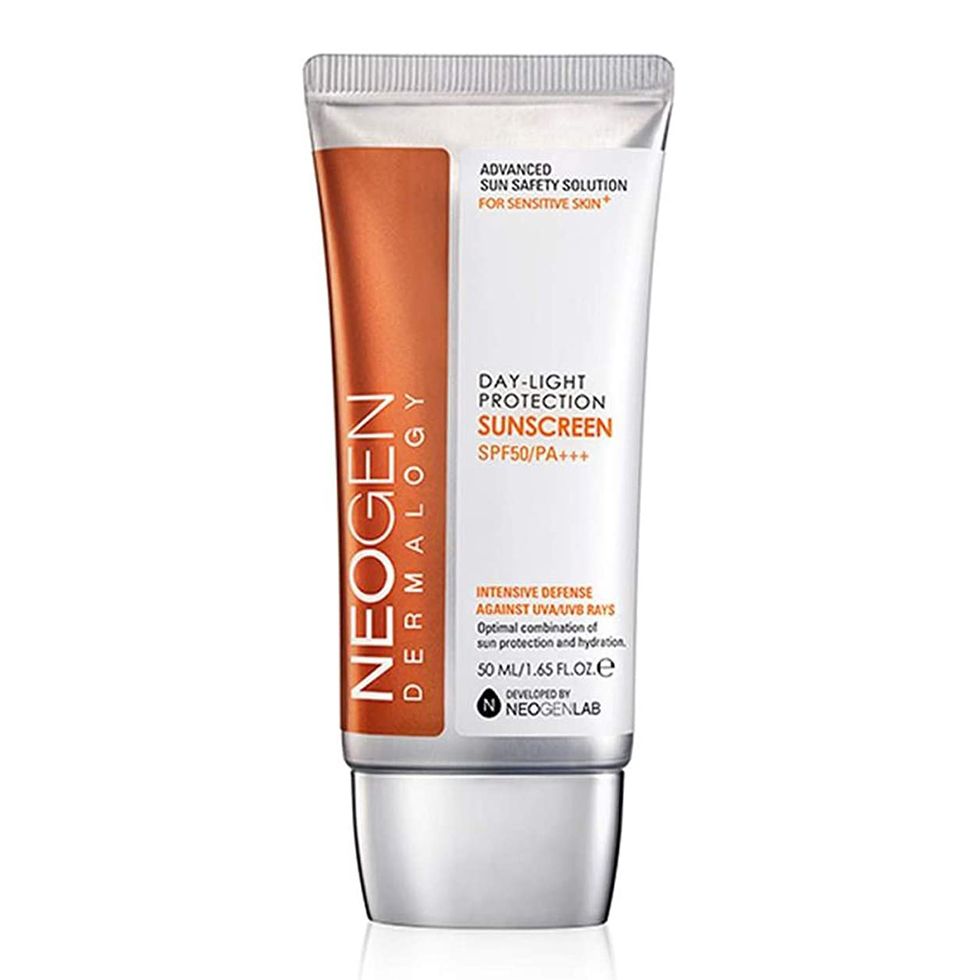
One of SOKO Glam’s best-selling sunscreens that has over 300 five-star reviews.
Rootree Mobitheraphy UV Sun Shield
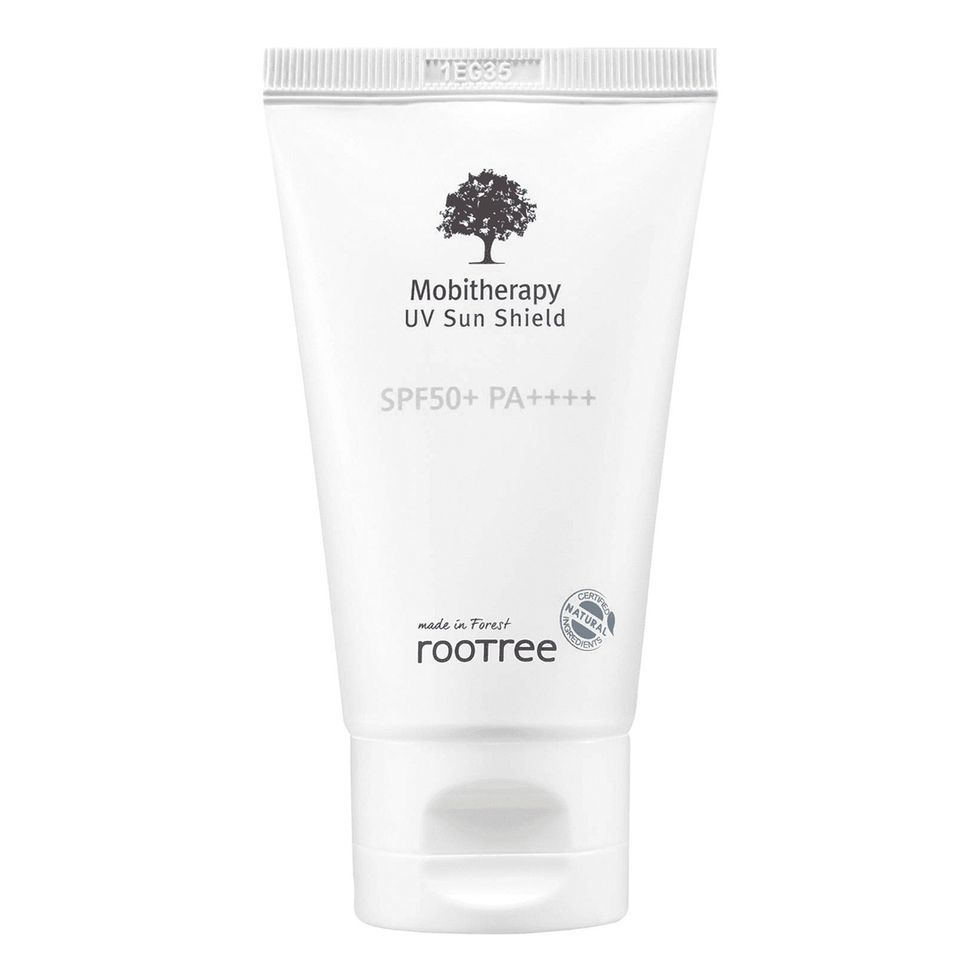
Your new favorite SPF product that also hydrates, brightens skin, and firms.
Shangpree Phyto Essence UV Sunscreen SPF 50+/PA++++
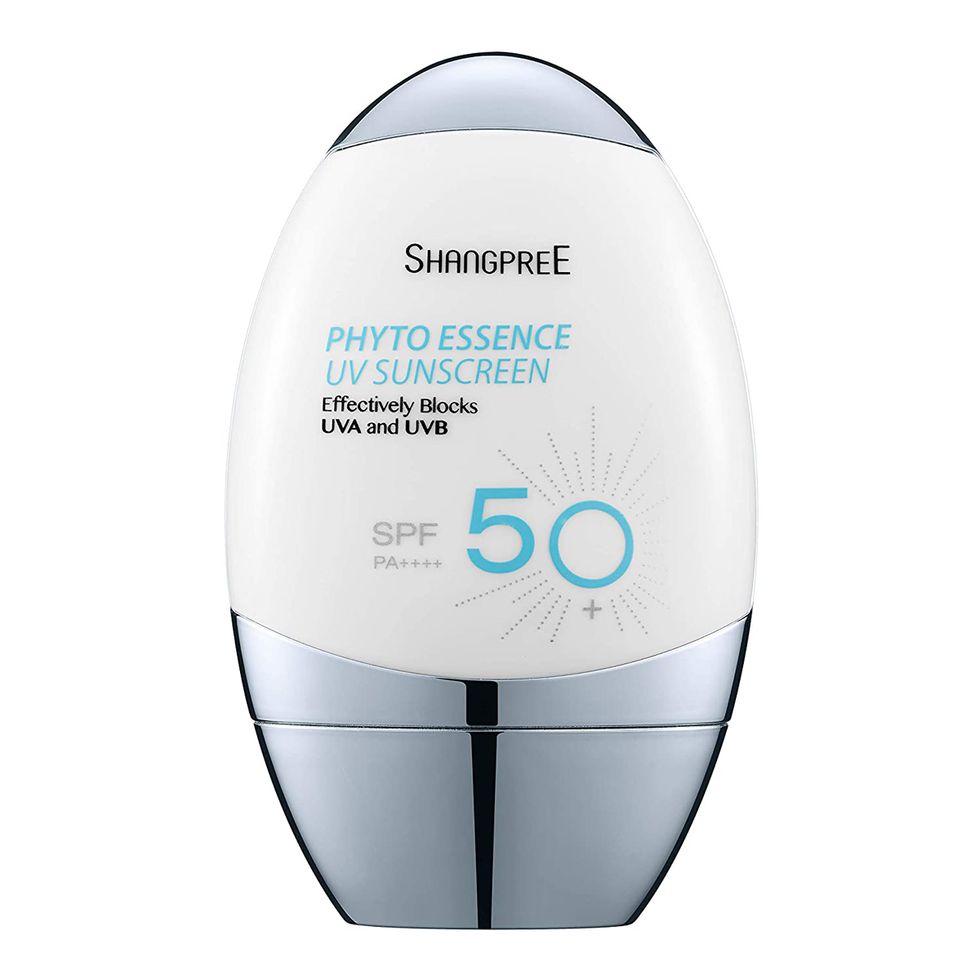
Boasts 20 botanical ingredients, an essence-like texture that glides on, and a broad-spectrum SPF 50+ PA++++ rating.
Acwell UV Cut SPF 50+PA++++ Natural Sun Cushion
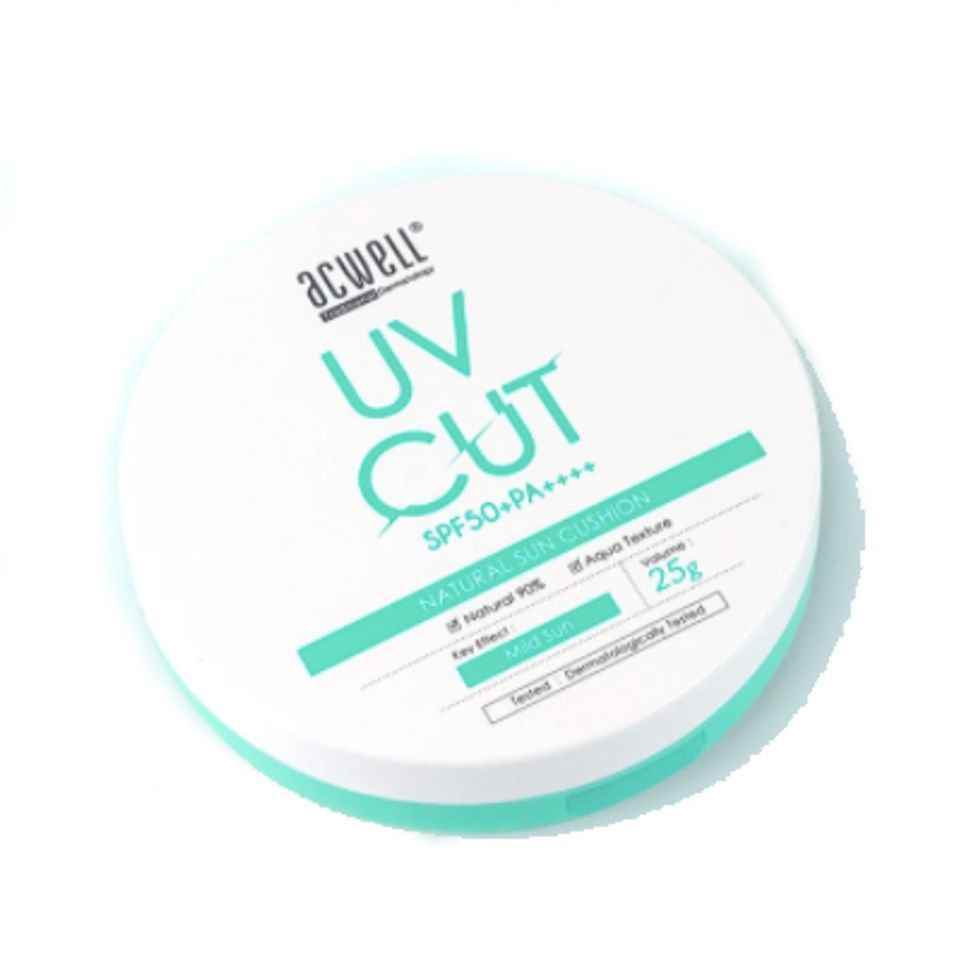
A favorite of Charlotte Cho for its cushion innovation, which makes applying sunscreen on the go effortless.
Missha Soft Finish Sun Milk SPF 50+/PA+++

A cult-classic SPF, this formula blurs your skin just ever so slightly for a gorgeous filter-type effect.
Cosrx Aloe Soothing Sun Cream SPF50+/PA+++

If you’re experiencing any sort of irritation (especially with the constant mask wearing outside), the added aloe in this cream will help to calm and reset your skin.


